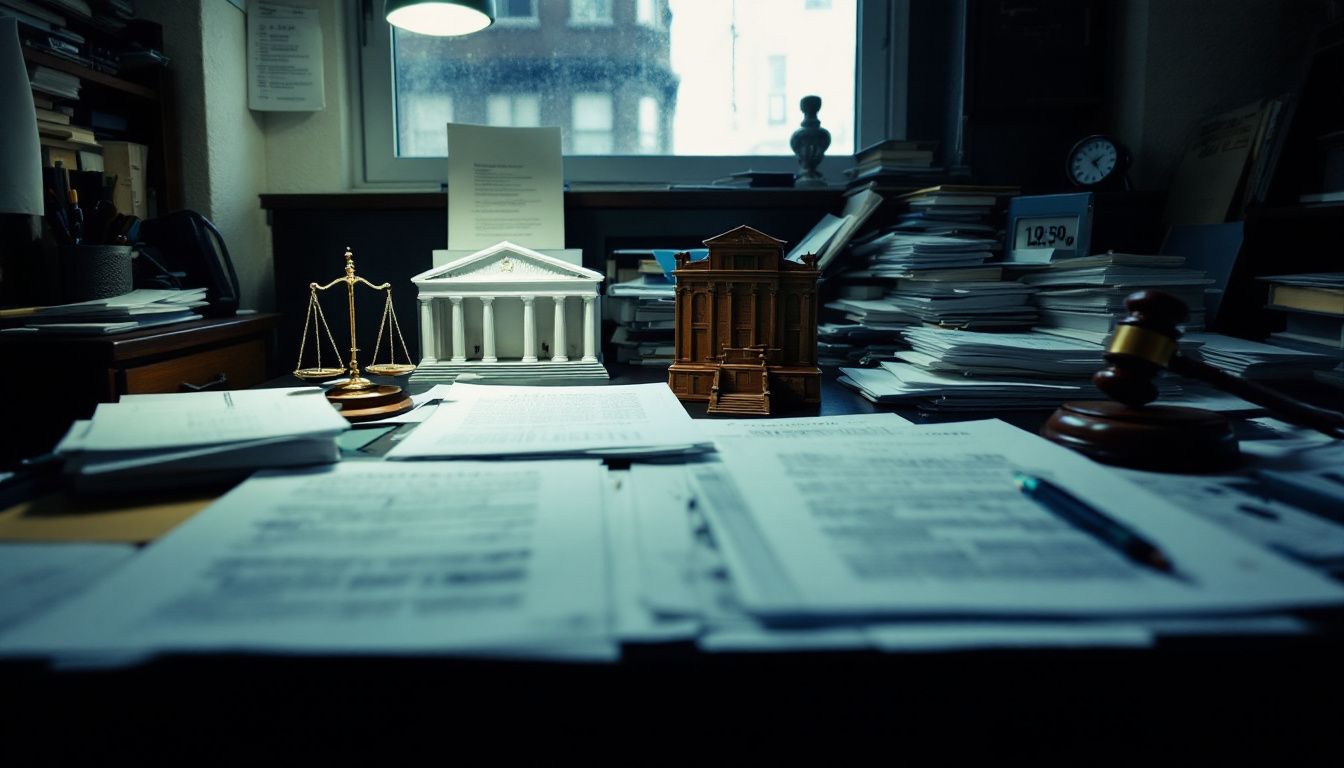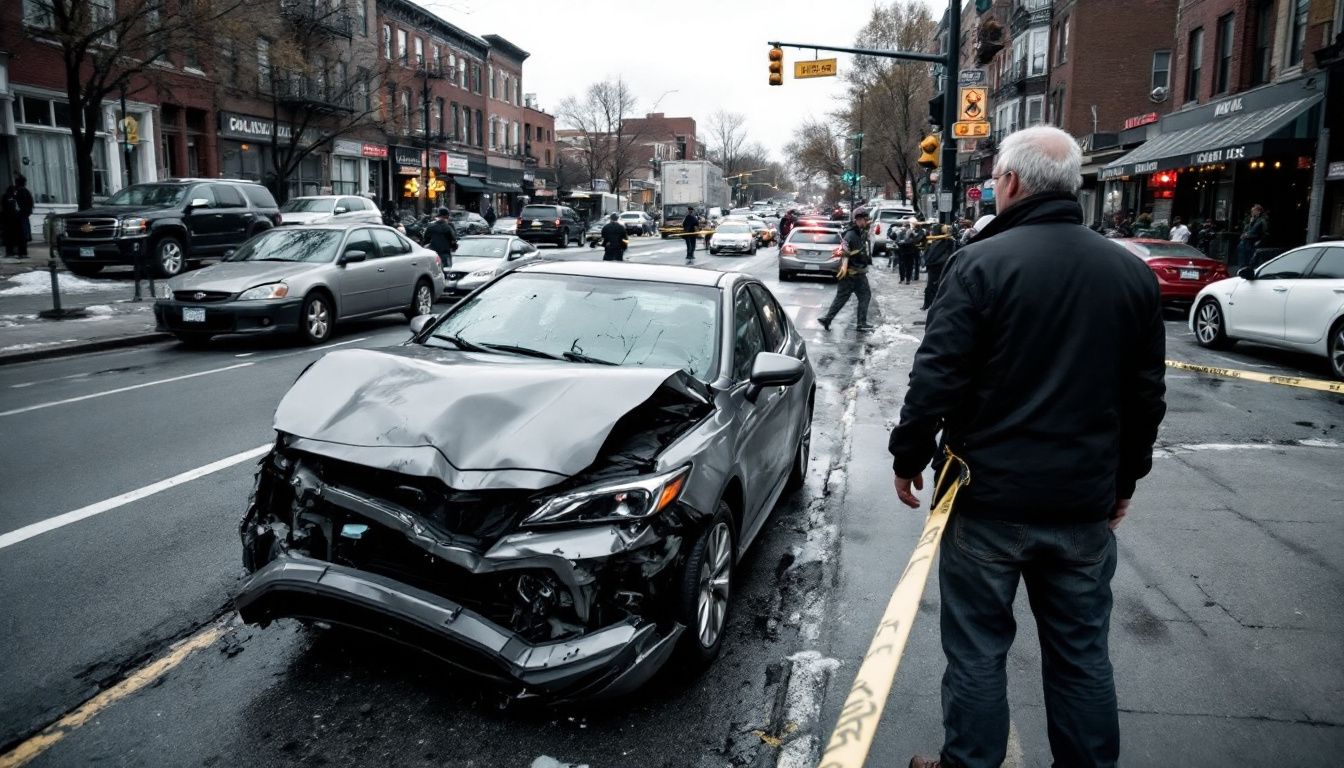The Hidden Costs of Foot Drop: Why Medical Experts Are Critical to Your Personal Injury Case
Foot drop is a serious medical condition that affects mobility and quality of life. This condition makes it hard for people to lift the front part of their foot, causing them to drag their toes and lift their thigh when walking.The impact goes far beyond physical symptoms, creating financial burdens and emotional struggles for victims. For 24-year-old Liam, a recent college graduate and former high school football player, foot drop became a life-changing reality after a traumatic brain injury from a car accident.His case shows how this condition can derail a promising future and create lasting challenges. Medical experts play...
Continue reading











